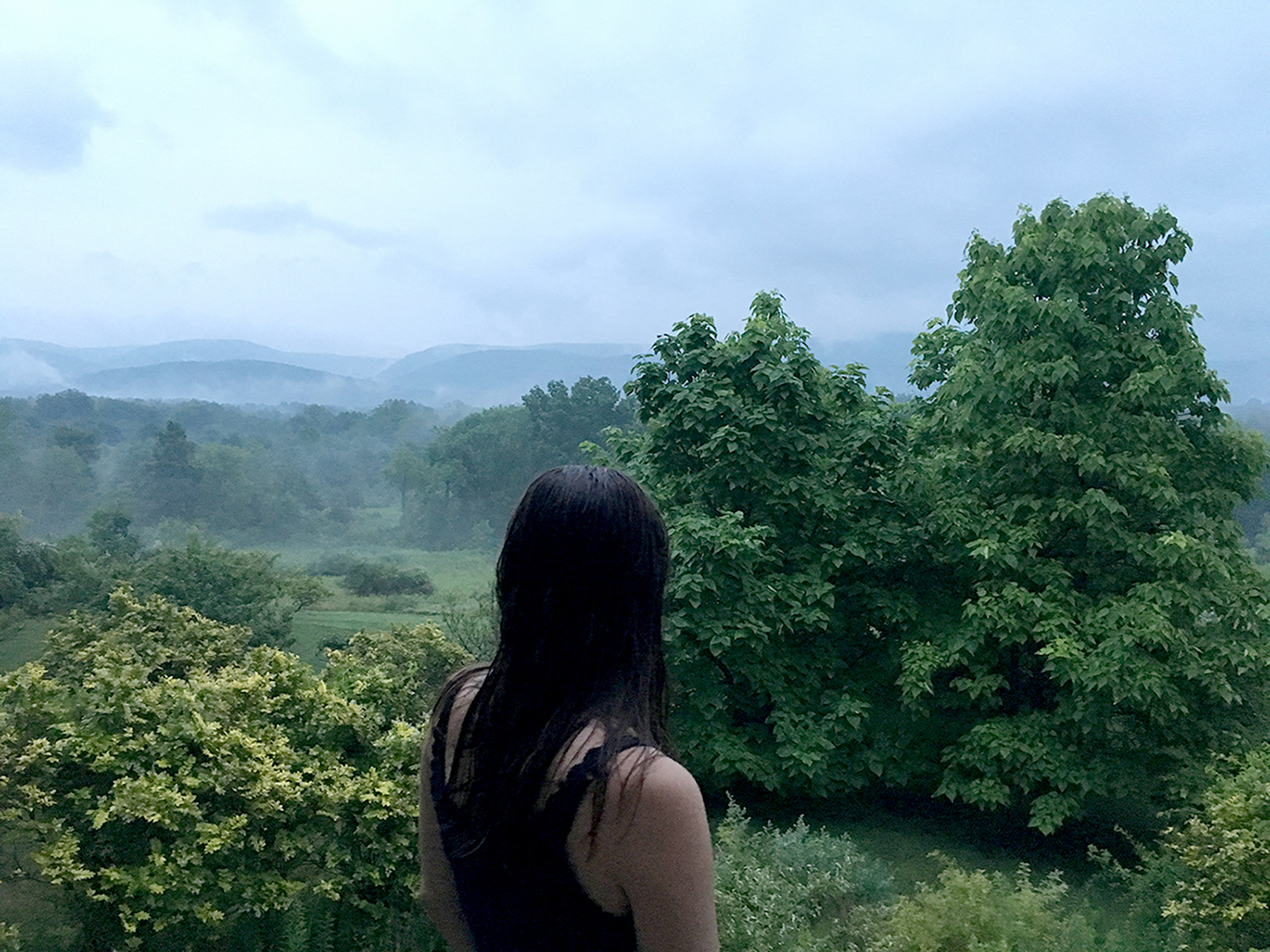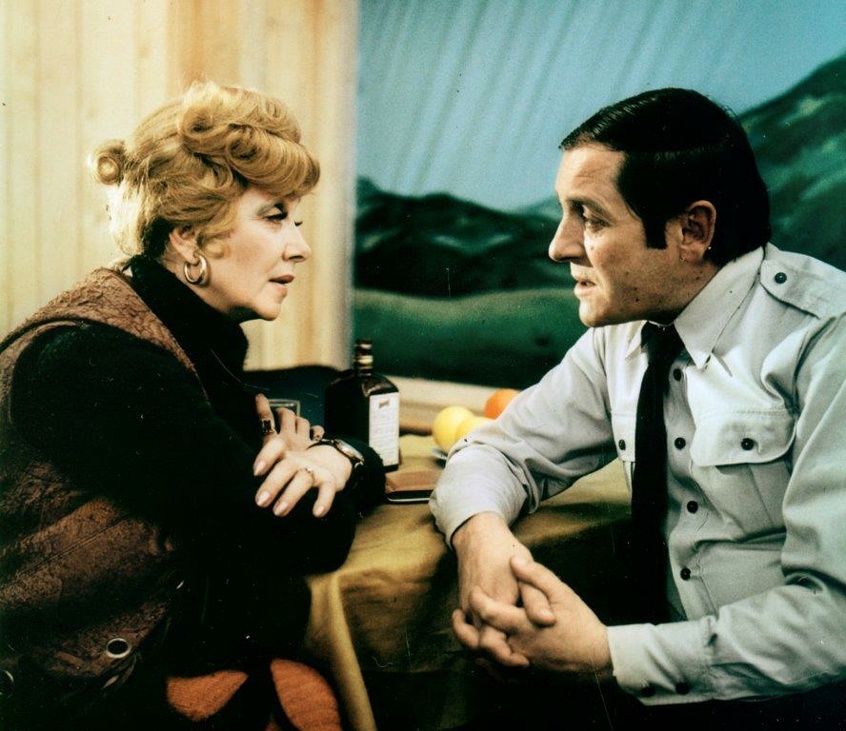“Being under the empire of this thing,” the French filmmaker M. Auder, born in 1945, said to me once, as we sat in a bourgeois Swiss restaurant. His silver bracelets shining, seemingly developing against the white tablecloth of our quite lucid lunch. I didn’t know if he was referring to taking drugs or to taking images—or to the faded imperialism of our environs, transforming into other kinds of empirical (perhaps pharmaceutical) power. Language and empire are often his subjects, though. The personal, provisional, casually virtuosic tenor of his moving-image works—more than 500 videos made over five decades in New York, in the technologies of the times, from Portapak to iPhone—can distract the viewer from their political focus, their sharp engagement with literature (and propaganda).
I watch Auder’s Gulf War TV War Untitled (1991, edited 2017)—made in one of his usual domestic modes, filming his TV—in which he documents American television news during the run-up to the first Gulf War, a mixture of crass propaganda and feeble journalism, image and text. Montages of antiwar demonstrators marching across Manhattan and gray-faced politicians at dark desks extolling invasion compete with commercials and text scrolling the pixilated screen: “A Line in the Sand”; “World Television Premiere”; “1-800-DIAL-CASH”; “Free the Land”; “Machine Gun Ban”; “Explaining War.” The names of military operations, flapping like limp banners in our national psyches, are expert operations of the emptying out of language: George H. W. Bush’s “Operation Desert Storm” in 1990; his inept son’s “Operation Iraqi Freedom” in 2003.
But empire, its idiot families and colonialist invasions, land grabs and resource exploitations, goes further back. As does its exploitation of language, both visual and linguistic. Auder’s new video installation The Course of Empire (2017) is inspired by the eponymous series of paintings created by Thomas Cole from 1833 to 1836. A “text film,” constructed from iPhone images of writings by James Baldwin, Donna J. Haraway, and Arthur Rimbaud, Auder’s Course of Empire also features excerpts from Alexander von Humboldt’s slave-trade opus Personal Narrative of Travels to the Equinoctial Regions of the New Continent during the Years 1799–1804. Humboldt notes, via Auder’s film: “[T]he slave is exposed in the solitude of a plantation or a farm, where a rude capataz, armed with a machete and a whip, exercises absolute authority!” And: “[T]his class of men feel pleasure in exercising a cruel empire on animals as soon as they have a chance.” Empire and language, and all the bodies in between.
—Quinn Latimer



